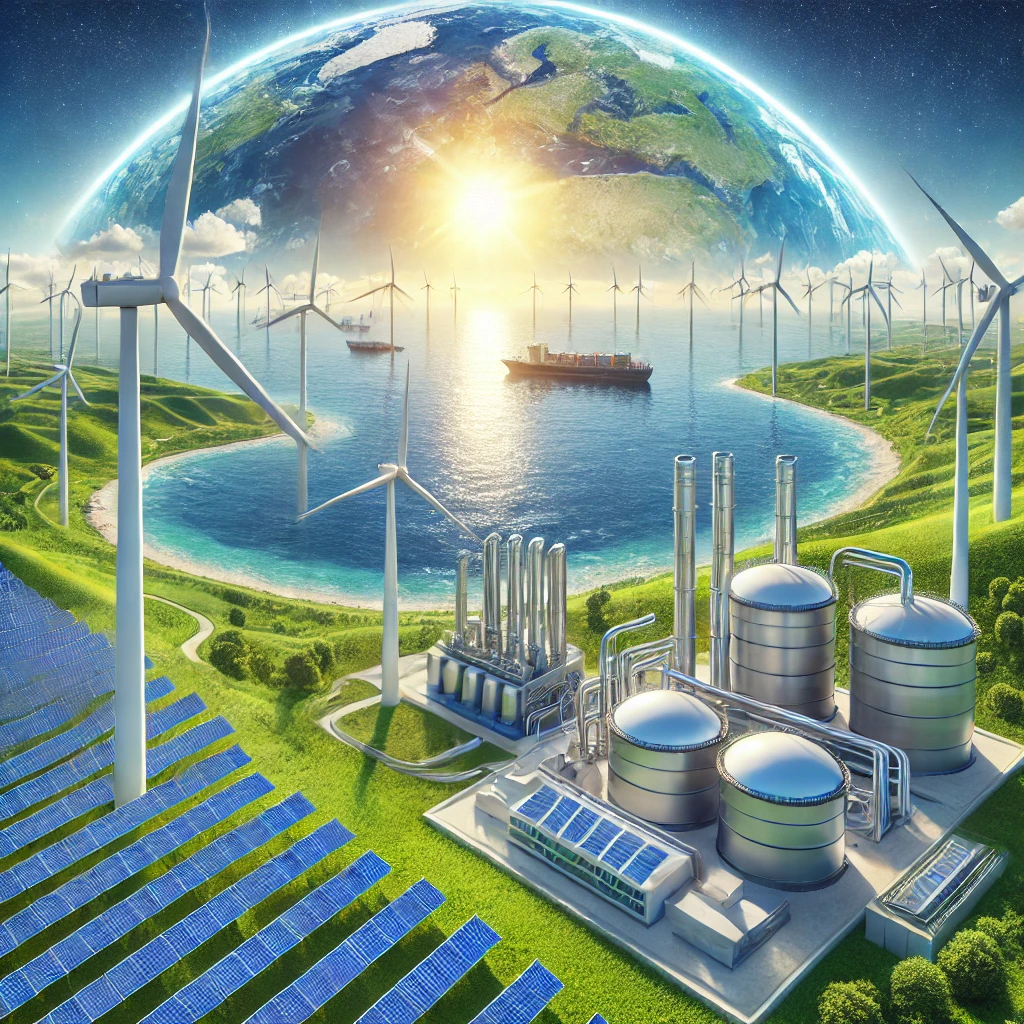Snippets
- Nuclear power is being reconsidered as a clean energy source but raises significant environmental and safety questions.
- Modern reactor technology promises greater safety, but concerns about waste storage and terrorism persist.
- The economics of nuclear energy, from high upfront costs to long-term operational efficiency, remain hotly debated.
Table of Contents
ToggleIntroduction
Nuclear power is back in the spotlight, but not without its fair share of controversy. With nations worldwide striving for carbon-neutral goals, many see nuclear energy as a potential savior—a clean, reliable alternative to fossil fuels. But here’s the thing: the nuclear conversation isn’t just about energy. It’s about safety, economics, and long-term environmental impacts. The stakes couldn’t be higher, and that’s why this debate matters to everyone, not just policy wonks or energy enthusiasts.
Is Nuclear Power Really “Clean” Energy?
- Understanding the Emissions: Nuclear plants emit minimal greenhouse gases during operation, but what about mining, transportation, and waste management? These activities carry hidden carbon costs.
- The Waste Dilemma: Spent fuel rods remain hazardous for thousands of years. Current storage methods are safe, but are they sustainable in the long term?
- The Land Use Advantage: Compared to solar and wind farms, nuclear facilities require less land while producing significantly higher energy output.

Economics of Nuclear Energy: Boom or Bust?
- High Upfront Costs: Building a nuclear plant can cost billions and take decades—time and money that could go to renewable sources like wind and solar.
- Operational Efficiency: Once operational, nuclear plants are incredibly efficient, producing consistent energy regardless of weather conditions.
- Decommissioning Challenges: Shutting down a plant safely can take decades and billions more in investment.

Stay Informed. Stay Ahead
Join a community that goes beyond the headlines. Our newsletter delivers:
🔹 Curated Industry Insights
🔹 Expert Analysis
🔹 Actionable Impact
No fluff. No generic updates. Just meaningful insights that help you lead in a fast-evolving industry.
The Safety Question: Chernobyl to Fukushima
- Learning from Tragedies: Both Chernobyl and Fukushima were catastrophic, but modern reactors boast improved safety protocols. Can we trust these advancements?
- Risk of Human Error: While technology improves, human error remains a constant factor. The question isn’t just if something can go wrong but when.
- Terrorism Concerns: Nuclear facilities could become targets for malicious attacks. How do we mitigate this risk?
The Future: Balancing Nuclear with Renewables
- Hybrid Energy Solutions: Nuclear could complement renewables, providing baseline power when the sun isn’t shining or the wind isn’t blowing.
- Public Perception and Policy: Governments need to prioritize transparency and education to address public fears surrounding nuclear power.
- Innovation on the Horizon: From small modular reactors to thorium-based fuel cycles, technological advancements may redefine nuclear’s role in our energy future.
Conclusion: What’s Your Take on Nuclear Power?
Nuclear power isn’t a perfect solution, but neither are the alternatives. It offers a pathway to cleaner energy but comes with steep risks and costs. The debate isn’t going anywhere, and it’s up to us—scientists, policymakers, and citizens—to shape its future. What do you think? Are nuclear power plants a necessary evil or an outdated relic of the past? Let us know in the comments below.







It’s fascinating how quickly online casinos like bossjili have evolved in the Philippines! Seeing platforms offer easy GCash deposits & diverse games-like those slots-really changes the experience. A fun, accessible approach!